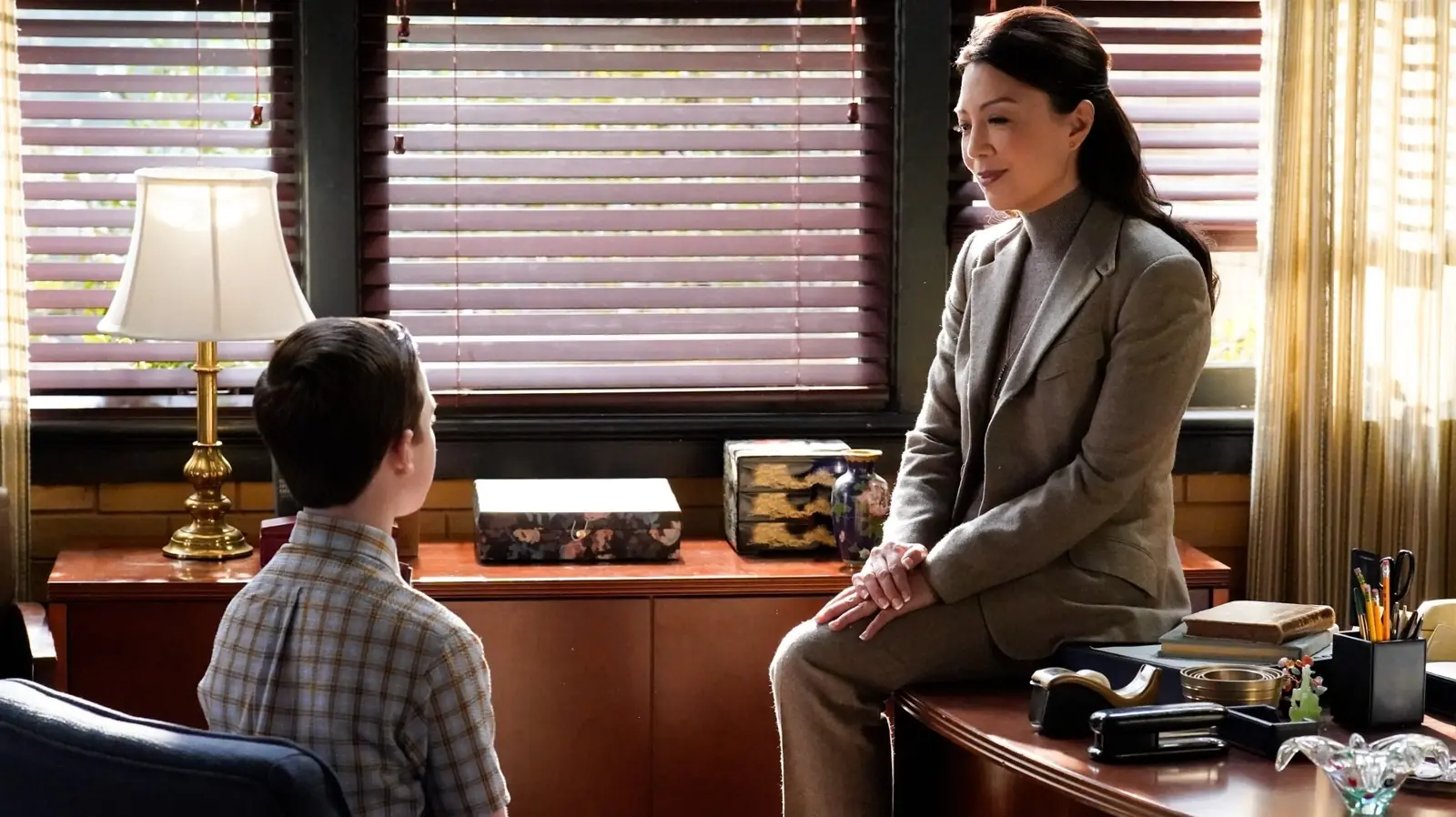‘San Junipero’ stands out as one of the most celebrated episodes of the critically acclaimed series “Black Mirror,” largely due to its departure from the show’s typical dystopian themes and harrowing conclusions. Instead, ‘San Junipero’ offers a narrative that finishes on a note of optimism, contrasting sharply with the often grim resolutions that characterize the series. However, it has come to light that the episode almost followed a much darker path.
Created by Charlie Brooker, ‘Black Mirror’ is renowned for its exploration of the dark implications of technology, often leaving viewers with a sense of unease about the future. This particular episode diverges by delivering a tale that blends nostalgia, love, and the virtual possibilities of the afterlife, providing a refreshing twist that leaves audiences with a sense of hope. But Brooker himself once considered a much bleaker conclusion for ‘San Junipero,’ aligning it more closely with the overarching tone of the series.
The conceptual heart of ‘San Junipero’ is the digital afterlife—a simulated reality where people can live on in a chosen decade even after their physical bodies pass away. Set largely in the 1980s, the story revolves around two women, Yorkie and Kelly, whose romantic journey unfolds in this vibrant yet surreal landscape. The episode’s hopeful ending, where the couple ultimately chooses to reside eternally in San Junipero, was originally intended to include a darker note, maintaining the show’s traditional aura of technological caution.
Discussing the episode in various interviews and retrospectives, Brooker revealed that the initial vision for ‘San Junipero’ included a scenario where Kelly decides not to join Yorkie permanently in San Junipero, sticking with the core Black Mirror motif of emotional and technological complexity leading to somber outcomes. In this envisioned conclusion, Kelly would have chosen the unknown of the afterlife over the certainty of a simulated eternity, a choice filled with existential dread rather than joyous reunion.
This alternate ending would have underscored a critical thematic concern of the series: the implications of choosing technological reproductions over real human experience—with eternity in a digital heaven juxtaposed against the natural finality and uncertainties of death.
The ultimate decision to craft a narrative that concludes on a more positive note has proven to resonate deeply with audiences, offering a rare narrative lift that stands out in ‘Black Mirror’s’ gallery of cautionary tales. In hindsight, Brooker and fans alike agree that retaining the optimistic resolution was the right choice for ‘San Junipero,’ giving it a legacy that stands apart in both critical discussion and popular culture.
In ‘San Junipero,’ the narrative explores love, loss, memory, and the ethical ramifications of digital immortality with a tone not often seen in ‘Black Mirror.’ The vibrant depiction of decades past and the sophisticated interaction between Yorkie and Kelly provide a poignant exploration of themes that challenge expectations while indulging in a touch of nostalgia. As more viewers discover this episode, it continues to serve as a testament to the idea that even a show rooted in dystopian inquiries can gracefully handle a story about life and love’s persistent triumphs.
The decision to steer ‘San Junipero’ away from the traditional dark critique of technology to address more universal themes underscores the series’ versatility and ability to engage viewers on multiple emotional levels. Meanwhile, it doesn’t shy away entirely from the questions about our future interactions with technology, instead highlighting the possibilities of human experience augmented by digital advancements.
Overall, ‘San Junipero’s lack of a bleak ending not only makes it a standout moment in ‘Black Mirror’s’ history but also provides a narrative reprieve and a point of reflection about the potential of technology to not only trap us in dystopian scenarios but perhaps also offer new ways to connect, love, and live on, albeit in a world made of circuits and code.






